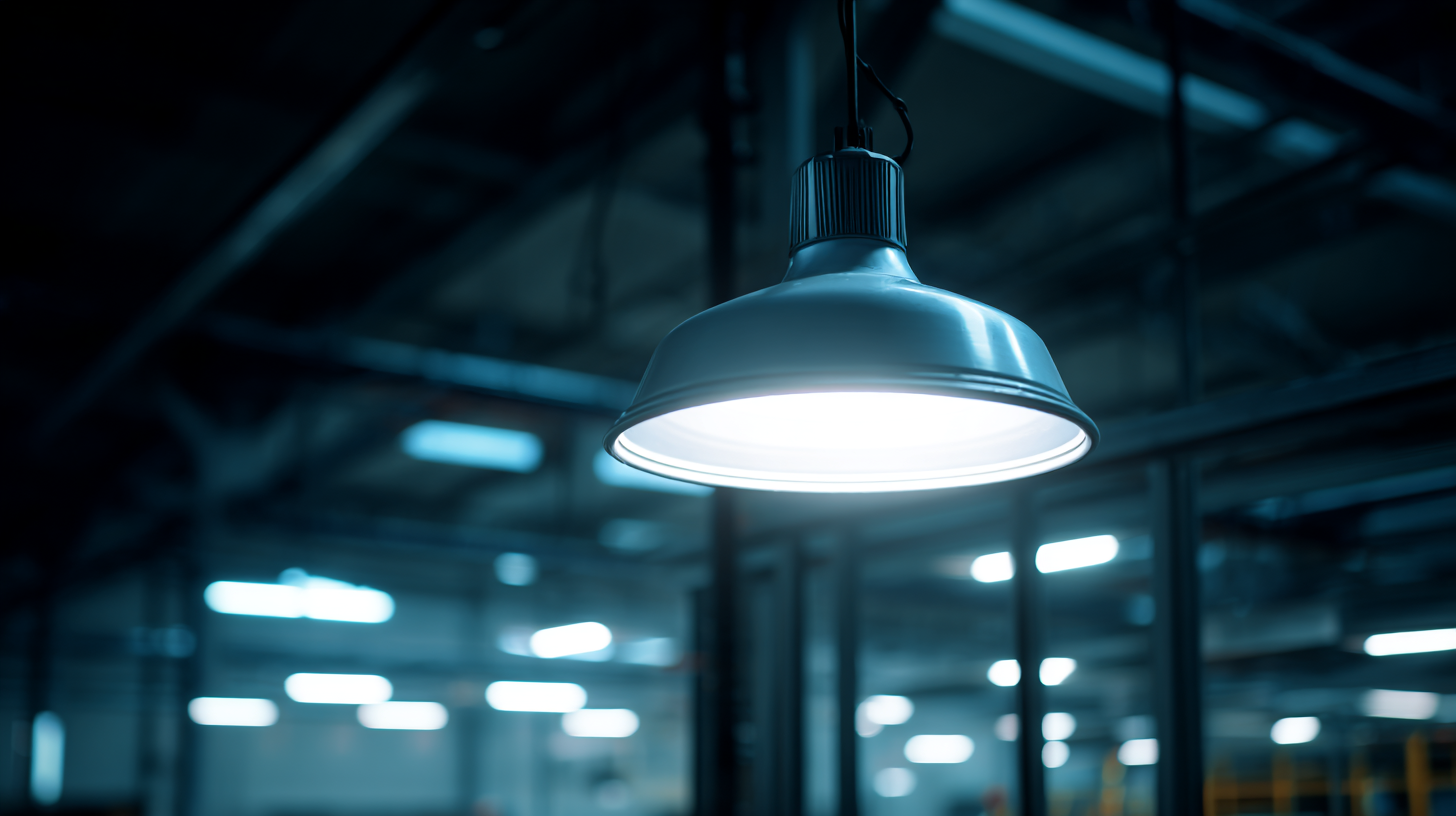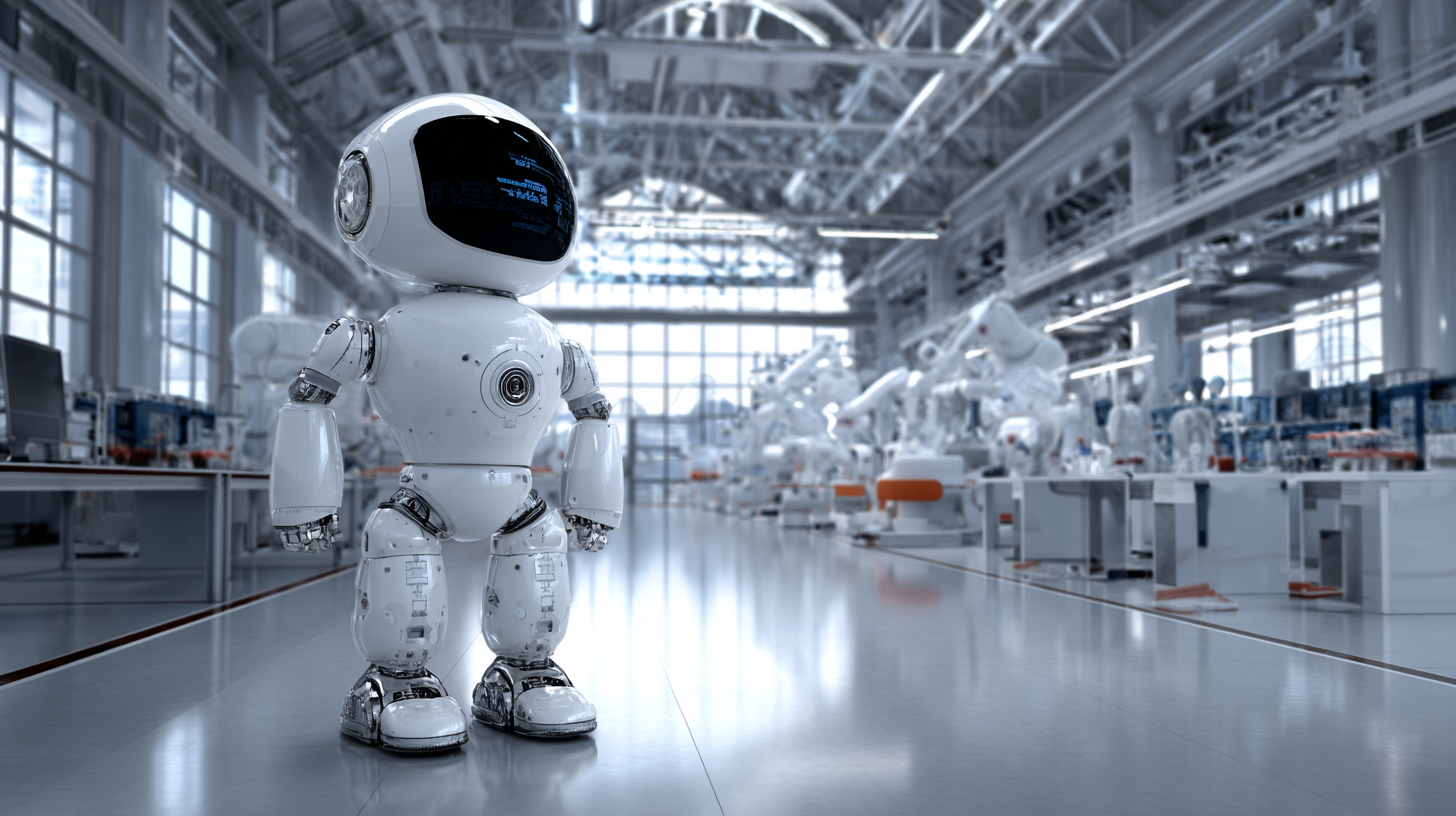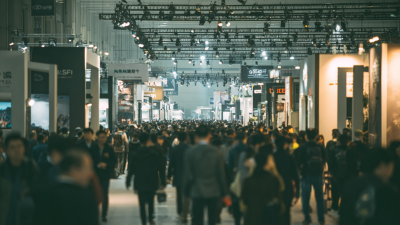In recent years, the integration of industrial light technologies has revolutionized modern manufacturing, proving to be a pivotal force in the quest for increased efficiency and sustainability. According to a report by the International Energy Agency, industrial lighting accounts for approximately 20% of total energy consumption in manufacturing facilities, highlighting the urgent need for innovative lighting solutions that not only reduce energy usage but also enhance productivity.

Advances in LED technology, smart lighting systems, and automation have ushered in an era of optimized light management, leading to significant operational cost savings and improved working conditions for employees. As manufacturers strive to meet growing sustainability goals, understanding the science behind industrial light technologies becomes crucial.
This exploration will delve into how these advancements are reshaping the landscape of manufacturing, ensuring that companies remain competitive in an increasingly energy-conscious market.
Industrial light technologies have become pivotal in modern manufacturing, shaping processes and enhancing efficiencies across various sectors. These technologies encompass a wide array of systems, including LED lighting, laser applications, and advanced lighting control systems, which are designed to optimize operational environments. According to a report by the International Energy Agency (IEA), the global industrial lighting market is expected to witness significant growth, projected to reach over $10 billion by 2025, driven by advancements in energy-efficient lighting solutions.
The fundamentals of industrial light technologies rest on their ability to improve visibility and safety in manufacturing settings, thus reducing the likelihood of accidents. For instance, efficient illumination can enhance the accuracy of complex tasks, specifically in assembly lines. A study from the U.S. Department of Energy indicates that implementing high-efficiency lighting can cut energy costs by up to 50%, while also extending the life span of lighting systems. Furthermore, the integration of smart lighting technologies allows for automated adjustments, leading to optimized energy use and contributing to sustainable manufacturing practices.
The evolution of light technologies, particularly LEDs and lasers, has revolutionized modern manufacturing processes. LEDs, known for their energy efficiency and long lifespan, have significantly improved workplace lighting and machine vision systems. These enhancements lead to better accuracy in manufacturing operations and reduced energy costs. For instance, the use of LED lighting in production environments not only improves visibility but also minimizes the heat generated during operation, creating a safer and more comfortable atmosphere for workers.
On the other hand, laser technologies have made remarkable strides in precision cutting, engraving, and welding. The ability to focus laser beams with incredible accuracy allows manufacturers to work with a variety of materials while maintaining high production rates. This precision ensures that products meet stringent quality standards, resulting in decreased waste and increased output efficiency. Furthermore, advancements in laser applications, such as automated systems and smart manufacturing integrations, contribute significantly to streamlined operations, ultimately enhancing overall manufacturing productivity and innovation.
 Industrial light technologies have transformed modern manufacturing processes by optimizing energy consumption and enhancing visibility on the factory floor. By utilizing advanced lighting solutions such as LED systems and smart controls, manufacturers are able to significantly reduce their energy usage. These technologies not only achieve better illumination levels but also minimize heat emissions, leading to a more energy-efficient operation overall.
Industrial light technologies have transformed modern manufacturing processes by optimizing energy consumption and enhancing visibility on the factory floor. By utilizing advanced lighting solutions such as LED systems and smart controls, manufacturers are able to significantly reduce their energy usage. These technologies not only achieve better illumination levels but also minimize heat emissions, leading to a more energy-efficient operation overall.
Tip: Consider incorporating motion sensors in your lighting systems to further reduce energy consumption. These sensors ensure that lights are only on when needed, avoiding unnecessary power use during idle periods.
Additionally, measuring the impact of these light technologies is crucial for assessing their effectiveness. Data analytics can assist manufacturers in tracking energy consumption patterns and identifying areas where improvements can be made. This proactive approach enables companies to not only save on energy costs but also align with sustainability goals.
Tip: Regularly review energy consumption data to identify trends and adjust lighting strategies accordingly. Engaging with energy management systems can provide valuable insights for optimizing performances.
At the recent Autumn Edition of the Hong Kong International Lighting Fair, innovative smart lighting solutions were prominently showcased. This event underscored a significant commitment to enhancing operational performance within manufacturing and other sectors through advanced lighting technologies. As industries increasingly adopt smart lighting systems, the integration of intelligent dimming capabilities becomes crucial. These systems allow lights to adjust in real-time, responding to changes in the environment and user needs, thereby optimizing energy consumption and improving overall productivity.
Tips for leveraging smart lighting solutions include assessing the specific needs of your space; this means considering factors like the type of activities performed in the area and the desired mood or productivity levels. Additionally, investing in IoT-enabled controls can facilitate real-time monitoring and adjustments, ensuring that lighting remains efficient and aligns with operational goals. By prioritizing these strategies, businesses can harness the full potential of smart lighting, leading to better workplace environments and enhanced operational outcomes.

The integration of light technology into Industrial 4.0 represents a transformative shift in manufacturing processes, significantly enhancing efficiency and productivity. According to a report by Deloitte, the global market for smart manufacturing is projected to reach $620 billion by 2025, and light technologies are key enablers in this evolution. These technologies, including advanced LED systems and laser solutions, facilitate better lighting management, which not only improves worker safety but also reduces energy consumption by up to 50%. Such innovations are essential as companies strive to optimize operational costs while meeting the demands of a competitive marketplace.
Furthermore, the implementation of photonics in manufacturing processes is set to revolutionize production capabilities. The European Photonics Industry Consortium estimates that the photonics market could grow to €700 billion by 2025. By utilizing high-precision lighting systems, manufacturers can achieve greater accuracy in processes such as laser cutting and 3D printing, significantly improving product quality. As automation and smart technologies continue to evolve, the role of light technology will become increasingly critical, contributing to more sustainable and agile manufacturing practices.





